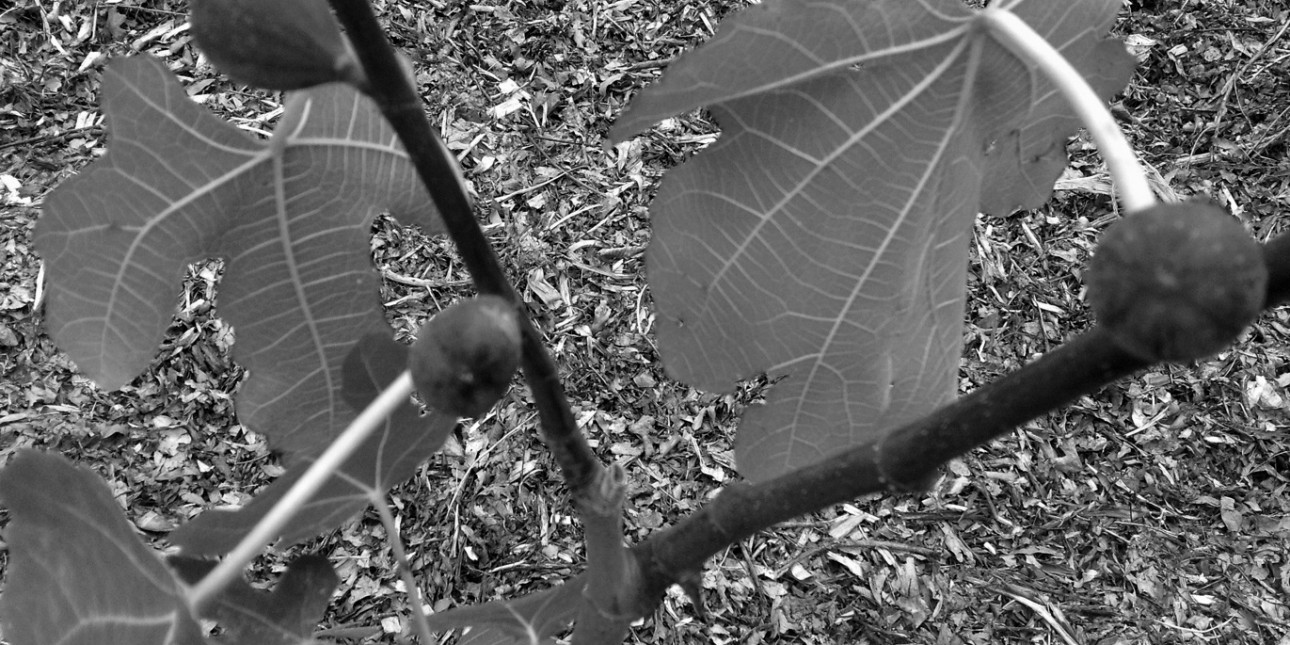The Family Tree

Written by PIC mom Clara Flores for the PIC Plant Sale blog
Fig trees. They were the new addition to the plant sale fundraiser for my sons’ child care center. Without thinking, I clicked the “add to cart” button and checked out.
I didn’t even think where I would put the tree or whether it would survive the winters of the East Coast. Would I have to bring it inside? Didn’t even consider that possibility. How does one move a tree inside? Never mind. Don’t think about it, you must get a fig tree.
It was a matter of duty, a way to complete my family. Wait. What? It’s a tree. Well, not any tree. A fig tree.
You see, my mother’s fondest memories, the few happy ones in a fairly violent and dysfunctional childhood, are centered around, yes you guessed it, a fig tree.
La Higuera. It was not a plant, it was a character during dinner and late night chats. My mother would longingly remember hanging from its branches with her brothers and sisters. She would delight on how they hid in it, how they devoured the fruits and fought the birds for them.
La Higuera held her childhood. My mother’s feelings were so wrapped inside the bark of this magical tree that her world almost collapsed when her youngest sister (then in her 40s and owner of the home where they grew up) had cut it down in order to protect the structure of the wall it leaned against.
My mother cried bitter tears. La Higuera was gone. So, she went out and found another fig tree and planted it in our backyard.
By now, I was in high school and, quite frankly, the world revolved around me, not a tree. Then came college abroad and very few, short visits to my mother’s house. Her bitter separation and then divorce from my father kept me farther away.
Then, a couple of years ago, during a visit to Mexico, I finally paid attention. My mother had been telling me over the years how the fig tree was doing and that it was now bearing fruit. It was the report on the wellbeing of a sibling.
Looking at it, I was disappointed. The thin, tallish tree with big green leaves was much, much less than the mythical figure my mother described in her stories. This tree was a poor substitute for the original Higuera, but my mother was desperate to transfer all her childhood to this new family member.
Over the years, I have heard the tales of delicious figs coming down from the tree. This fruit so juicy and succulent that she had to fight birds in order to get them. At some point, she decided that the best ones where the ones that were already picked on by the winged thieves, so she delighted in rescuing maimed figs and, tenderly, lovingly, happily eating them.
The more I think about it, the more I realize that la Higuera, the original one, larger than life, could not have possibly held five children on her branches. That it probably provided a psychological protection, an imagined sanctuary for a very frightened little girl.
Despite our contentious relationship and the ups and downs of my mother’s mental illness and abuse, we definitely forged more happy memories together than she did with her own parents.
So, I’m buying a fig tree. I’ll teach my boys about la Higuera and how its branches can create a world of magic for them. We’ll make happy memories together. This fig tree will never have to protect my boys. It will never have to embrace them while they escape a violent father and abusive mother. For them, it will be a tree. Just a tree.
For me, it will be a new beginning. Even if I have to bring it inside in the winter.
